
French artist and climber Philippe Echaroux released his latest work this week, a project titled 'Ice Scream', which quite literally casts light on the issue of glacial retreat and global warming. Using his self-coined concept of Street Art 2.0 - or painting with light - Philippe projected 'grafitti' messages on areas of the Mer de Glace in Chamonix to highlight the topical issue of climate change, with an appearance from top alpinist and Chamonix PGHM member, Jeff Mercier.
Philippe's message is especially timely considering Trump's controversial decision to withdraw from the Paris Climate Agreement last month and the resultant tensions at the recent G20 meeting, with a particular clash between Trump and the French delegation over climate change. Chamonix as a choice of location for Philippe's project is also pertinent, as the town and the Arve valley in general struggle to reduce carbon emissions from wood fires and traffic fumes. In winter, the area has the highest fine particle pollution levels in France; manifesting as a veil of smog lying dormant in its v-shaped valley, trapped by bouts of high pressure.

As climbers, the effects of rising temperatures are clearly visible in some of the sensitive environments we visit. According to one study by a team at Joseph Fourier University in Grenoble, if present climatic conditions are maintained, the Mer de Glace will continue to shrink dramatically in the coming decades, retreating by 1200m between now and 2040 - and that's assuming the climate situation doesn't worsen in the meantime.
Chamonix local Jeff Mercier commented:
'Climate change, seasons all over the place - when you're a mountaineer, this has an inevitable impact on you. At age 20, I was training for ice climbing on the Bossons glacier. 25 years later, I now use my axes on rock more often than I do on ice. Change is necessary, but this evolution of the landscape itself is becoming critical. What kind of Alpinism and mountaineering will be practised in 25 years?'
We asked Philippe some questions about the light projections, which lasted one night only but are now doing the rounds on social media in his striking images. Watch the video of the project below.
Responses translated from French.
What is Street Art 2.0 as a concept?
I work first and foremost as a photographer and portraitist. Using my background in these areas, I decided to create my own way of doing Street Art with the tool I know and master best: light. What's more, it allowed me to create ephemeral art that leaves no trace on the space it occupies. Street Art 2.0 was born.
Why did you choose to concentrate on glacial retreat in particular? Do you participate in mountain activities?
This project follows our earlier work creating Street Art in the heart of the Amazon rainforest. I wanted to use my art to raise awareness of an ecological cause - the destruction of the rainforest. Glaciers are the logical continuation. The forest represented oxygen, which we are idiotic enough to make every effort to deprive ourselves of, and the glaciers represent water.
I'm not an Alpinist or mountaineer, but I have been climbing since my teenage years. It is a sport that I grew up and developed into adulthood with, and it is extremely important to me.
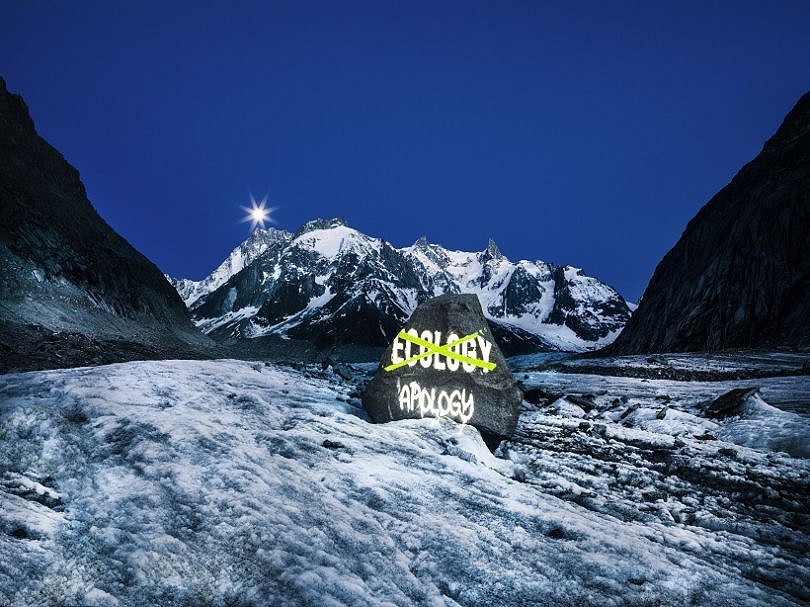
Why did you choose to focus on this region?
Actually, with a project like this I'm not thinking on a local scale. I did this project in Chamonix, but I want to talk about glaciers and the problems of global warming. The location of the project alone is not all too significant; it is the global message that counts. Glaciers are melting everywhere in the world except for in the Himalaya, which is why I see a global issue, even if it starts by solving more local problems.
Do you explain the meaning of the portrait and the three graffiti?
I think it's up to you and your audience to tell me what you see there!
Why did you choose Jeff Mercier as subject for the portrait?
I met Jeff during my stay in Chamonix by knowing the small world of climbing. I loved his character. Jeff is also a member of the prestigious Chamonix PGHM, a mountain guide and a world expert in ice climbing and dry-tooling. He was the perfect person to talk about the problem of melting ice.

I want to show local people in their habitat, as they are the ones who speak best of the worries encountered because they are confronted with these concerns daily - I'm simply a mediator in expressing their views.
In your opinion, what can be done to address these climactic problems? (Big question, I know...)
"We" I don't know, but everyone can take responsibility individually. It is easier to criticise others than to act personally. If we succeed in reversing this dynamic egocentric in his quest for personal glory, then we will have made an important first step.



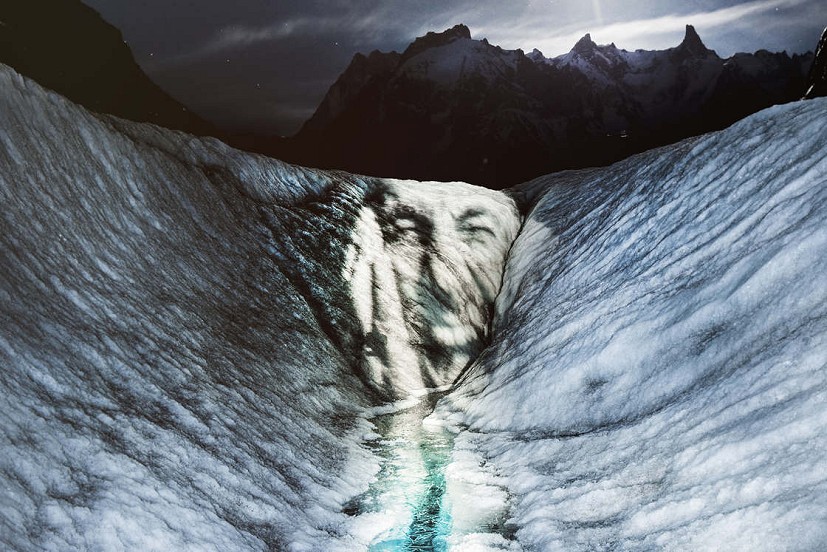


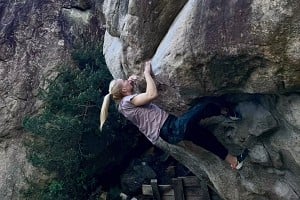
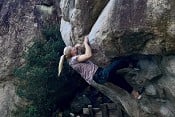



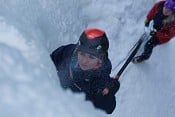
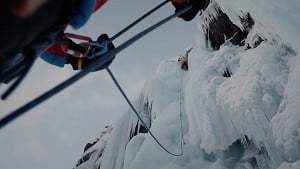

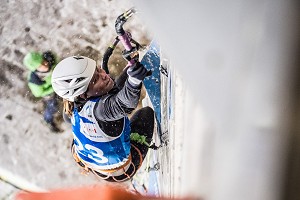
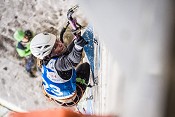
Comments